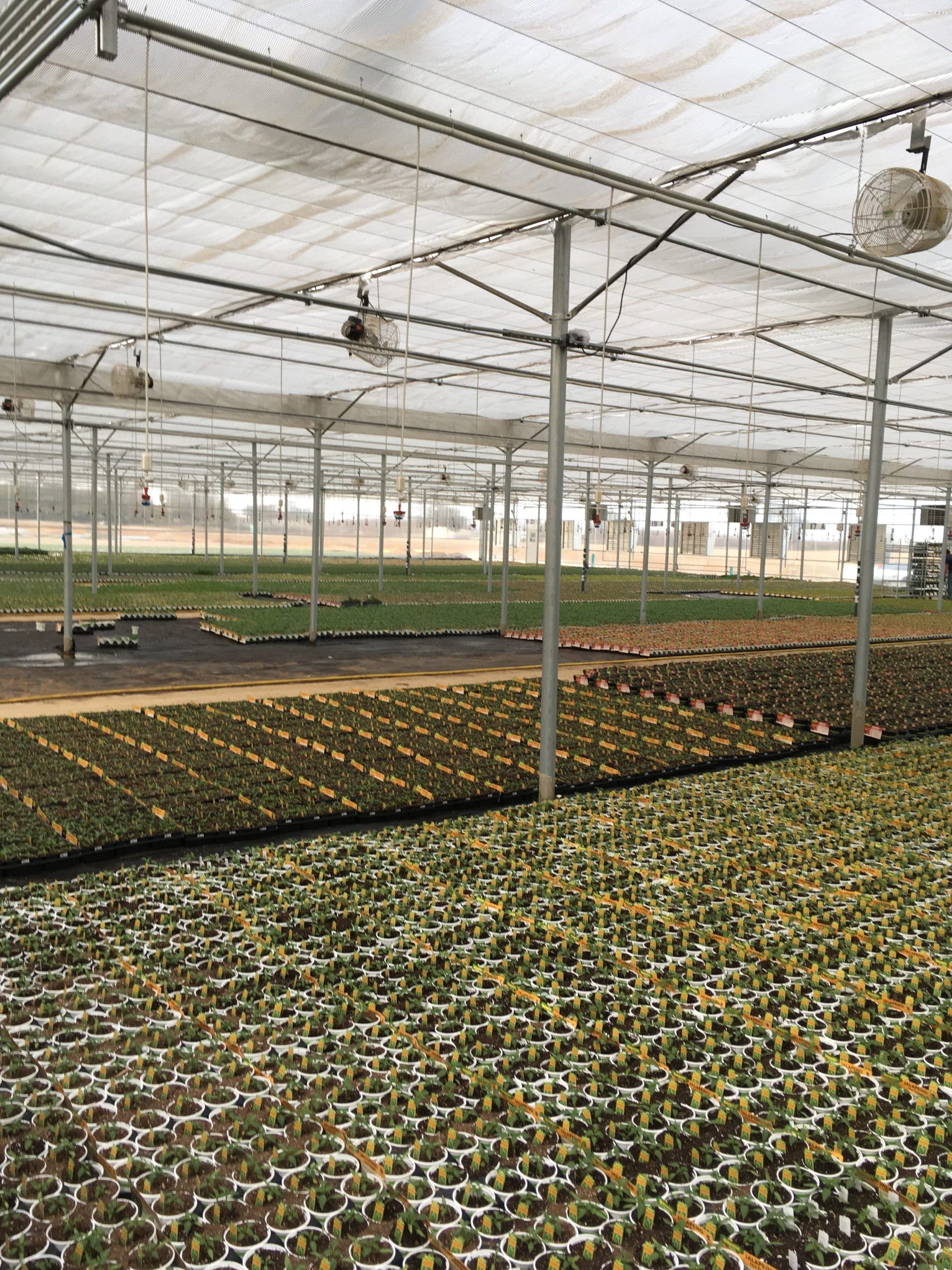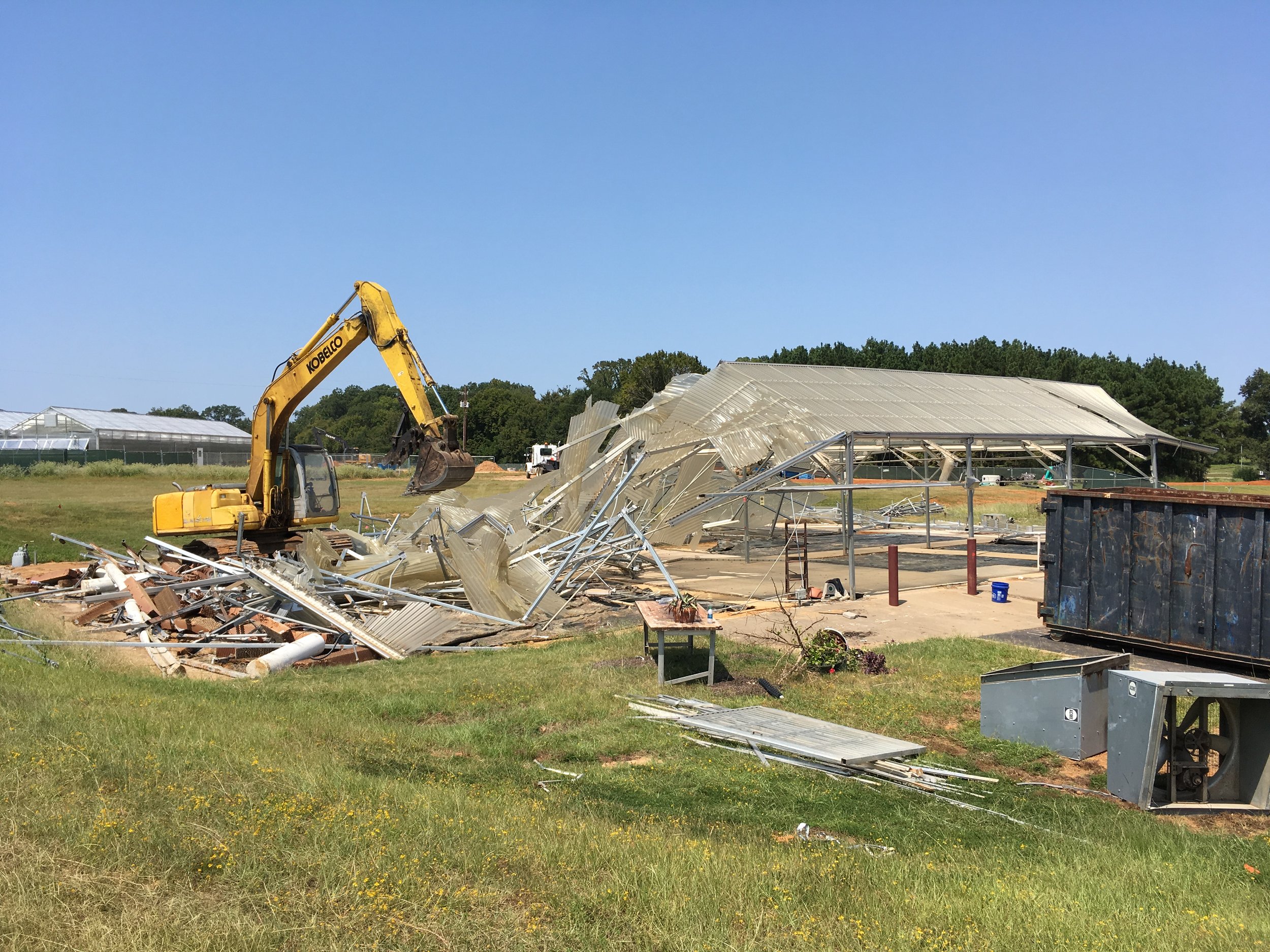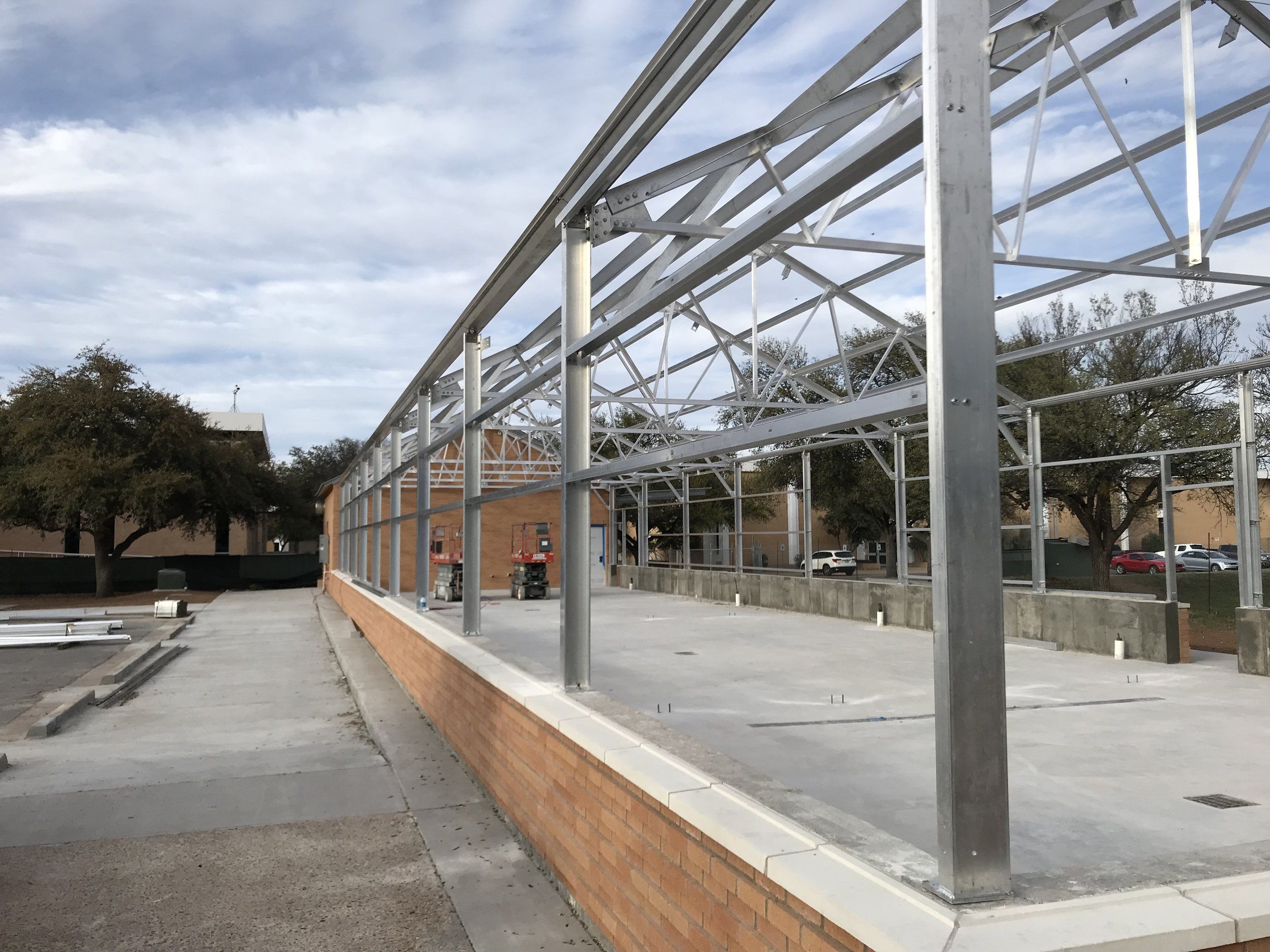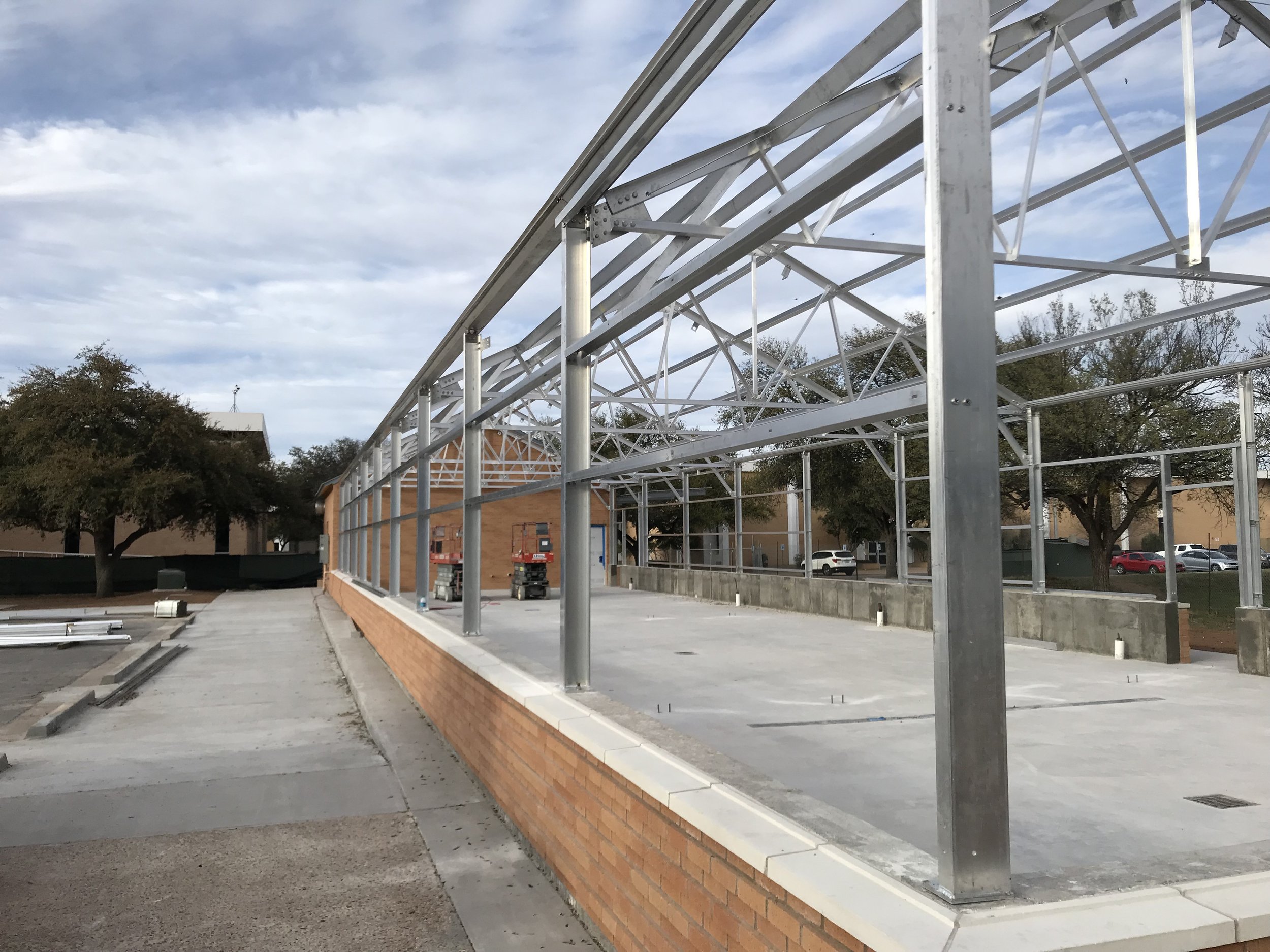Essential Tools and Equipment Every Construction Worker Should Know
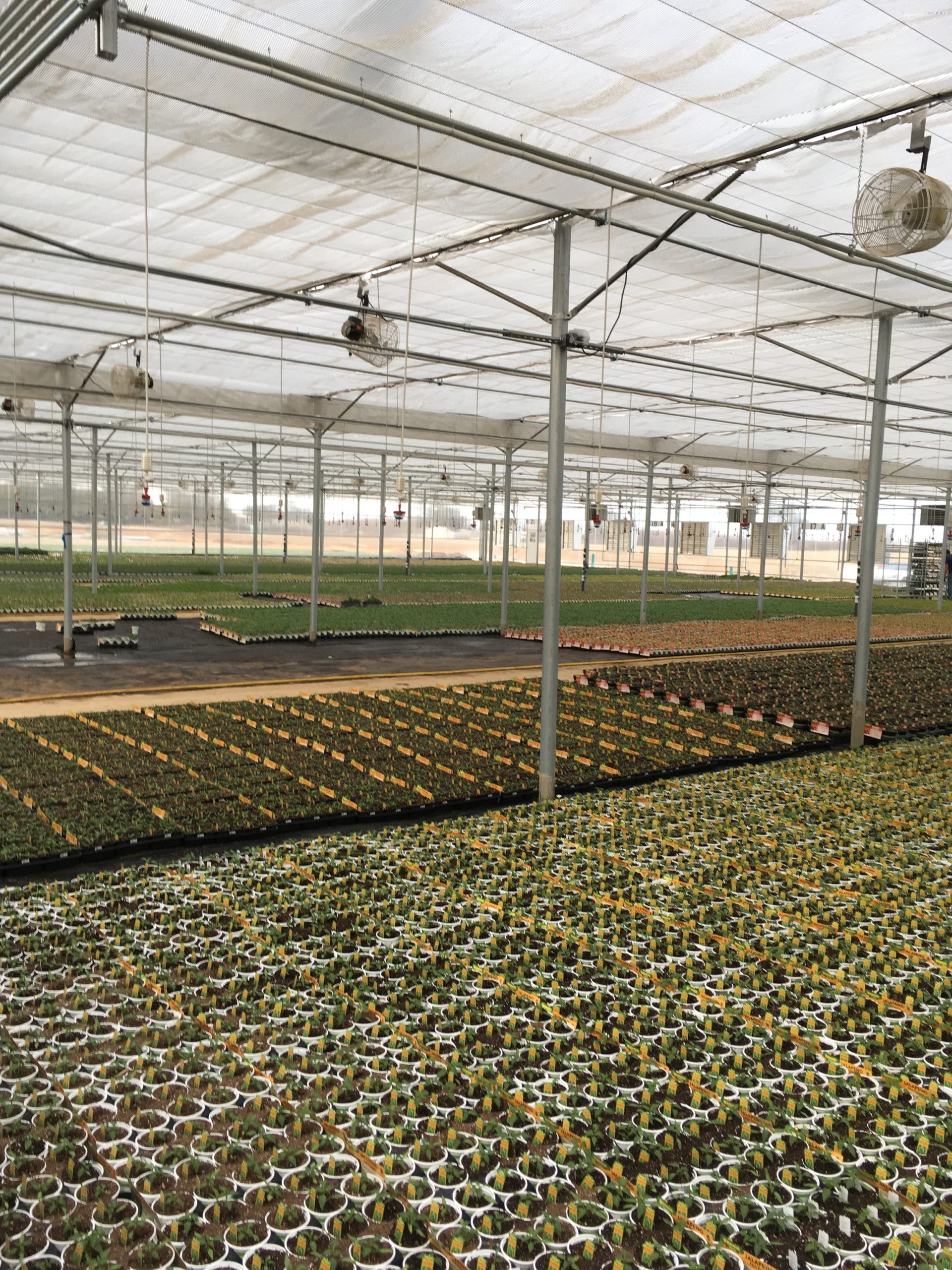
Essential Tools and Equipment Every Construction Worker Should Know
In the world of construction, having the right tools and equipment is essential for getting the job done safely, efficiently, and with precision. Whether you’re a seasoned professional or just starting out in the industry, understanding the tools of the trade is crucial. In this blog, we’ll explore some of the essential tools and equipment that every construction worker should be familiar with.
1. Hand Tools
Hand tools are the backbone of any construction project, allowing workers to perform a wide range of tasks with accuracy and control. Some essential hand tools include:
Hammer: Used for driving nails and demolition tasks.
Screwdrivers: For tightening or loosening screws.
Pliers: Used for gripping, twisting wires, and bending materials.
Wrenches: Including adjustable wrenches and socket wrenches for tightening nuts and bolts.
Utility Knife: For cutting materials like drywall, insulation, and packaging.
2. Power Tools
Power tools significantly enhance productivity and efficiency on construction sites, speeding up tasks that would otherwise be labor-intensive. Common power tools include:
Drill: Used for drilling holes and driving screws.
Circular Saw: For cutting wood, metal, and plastic.
Reciprocating Saw: Ideal for demolition and cutting through tough materials.
Power Drill: Essential for mixing materials like concrete or mortar.
Impact Driver: For driving screws quickly and with greater torque.
3. Measuring Tools
Accurate measurements are critical in construction to ensure that components fit together perfectly and meet specifications. Important measuring tools include:
Tape Measure: Used for measuring distances, lengths, and heights.
Level: Ensures that surfaces and structures are perfectly horizontal or vertical.
Square: For checking and marking right angles.
Laser Level: Provides precise measurements over long distances and on uneven surfaces.
4. Safety Equipment
Safety should always be a top priority on construction sites. Essential safety equipment includes:
Hard Hat: Protects the head from falling objects or debris.
Safety Glasses: Shields eyes from dust, debris, and flying particles.
Gloves: Protects hands from cuts, abrasions, and chemicals.
Steel-toe Boots: Provides foot protection from heavy objects and equipment.
Ear Protection: Reduces exposure to loud noises from machinery and tools.
5. Heavy Equipment
On larger construction sites, heavy equipment plays a crucial role in handling heavy materials and completing tasks efficiently. Some common heavy equipment includes:
Excavators: Used for digging trenches, foundations, and earthmoving.
Bulldozers: Clears and grades land surfaces.
Cranes: Lifts and moves heavy materials and equipment.
Dump Trucks: Transports materials like dirt, gravel, and debris.
Skid Steer Loaders: Versatile for various tasks like lifting, digging, and pushing.
Most Popular Greenhouse Articles
Greenhouse Builder
